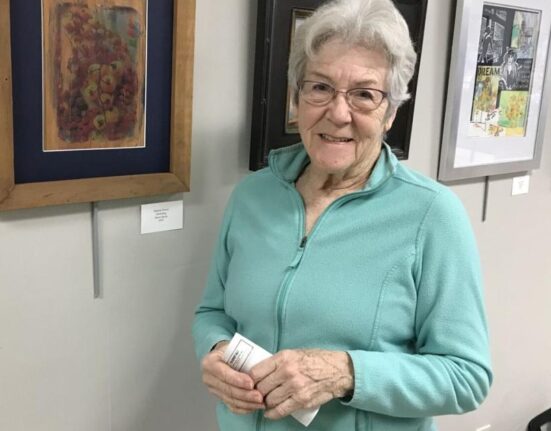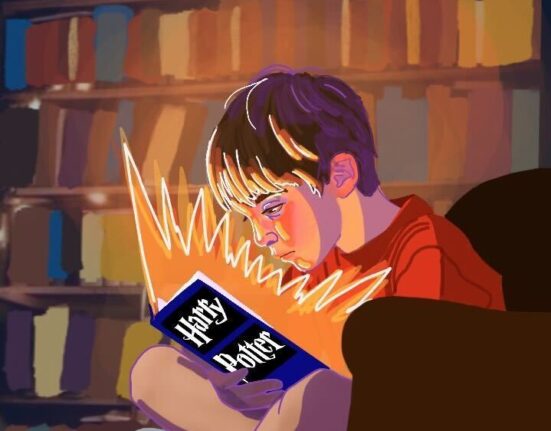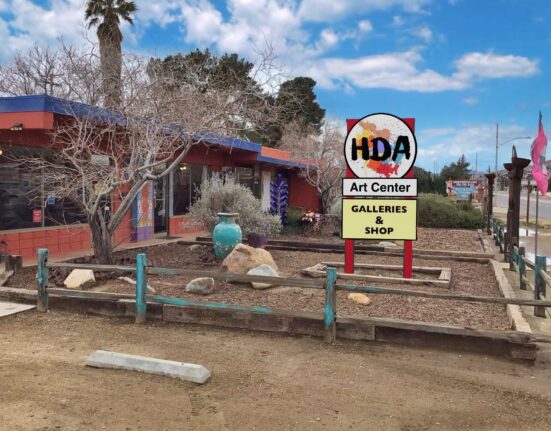
Sitting in Paton Miller’s home studio, a large warehouse-like building on the outskirts of his Tuckahoe Lane property, Paton led me through the adventures that allowed him to arrive right where he is today. Having grown up in this studio myself, from taking drawing classes as a child with Paton and running around their once-swimming-pool-now-turned-koi-pond with his youngest son Christian, it’s shocking to me that I never knew the tale that is Paton’s life story. So, let’s start from the beginning together.
On June 22nd, 1953, in Seattle, Washington, Paton Miller was born to Robert Miller, a pilot, and Barbara Miller, a chemist. With his older brother Chris, they resided in the Pacific Northwest until Paton was an early teen and then moved to Hawaii as a family in the late 60s. Paton recalled to me his constant desire to leave the damp climate of the Pacific Northwest with a line that stuck with me through our interview, “I wanted to get out of there, but it hasn’t gotten out of me.” While saying that, he gestured to a large standing canvas on my left where a singular evergreen tree can be found in the shadows of the painting- stark, for its presence is unexpected in an otherwise treeless narrative. You can find remnants of the Pacific Northwest as tiny but significant characters in many of his pieces.

In Honolulu, Hawaii, Paton Miller eventually dropped out of high school, claiming it was easier to turn left to go surfing than it was to turn right into school. So you might be wondering how the child of a pilot and a chemist becomes an artist? Paton explains it simply, “I think I showed such little promise in anything else that they were just glad I had a passion. They were smart enough to recognize that I wasn’t going to become anything else.”
At nineteen, Paton Miller would attend the Honolulu Academy of Arts for a year. After he turned twenty, Paton’s father reminded him that, on his 21st birthday, he would lose the familial privilege of purchasing flights for only the price of tax– something that was granted to the immediate family members of Pilots. So Paton embarked on a transcontinental adventure that would eventually lead him to Southampton, New York. Beginning first in the Philippines, then to Hong Kong, Thailand, India, and Nepal, then on to Iran, Beirut, and Lebanon, he would continue west until eventually landing at John F. Kennedy airport with one final ticket home to Honolulu. On a whim, Miller decided to visit a family friend who lived in Southampton before heading back to Hawaii– this decision would be the catalyst for his life here on the East End. Paton arrived at the home of painter and family friend Ellen Offutt and would become a caretaker for her property as well as the caretaker for many other wealthy East End estates. Offutt encouraged Paton to take the drawings he had done on his trip to the art department at Southampton College. He would spend the next few years studying there under artist Robert Munford, who is most known for his part in founding Grupo Ibiza 59, the artist group created in 1959 on the Spanish island of Ibiza.
Paton takes most inspiration from the French painters of the 19th century. He describes his style as narrative painting. “For me, it’s all about the story. Sometimes I’m not quite sure what the story means, and other times I’m very sure.” In the same breath, Miller was sure to say that he didn’t want to have to explain his pieces to anyone, for that would take away from what the viewer brings to the piece. Miller lends to the argument that the voyeuristic part of showing art is where most meaning comes in. In another one-liner that stuck with me throughout the rest of my day, Paton said, “I think one foot in what you know and one foot in what you don’t know is a good mix.” Part of his method is doing a drawing a day, sometimes more, and oftentimes, he doesn’t know what might come up when he sits down to draw.
In his advice to budding artists on the East End, he says, “I think young artists should get together as a group and exhibit their work in any old, beat-up place that they can. Make a happening, and the world is going to come to them.” He went on to say, “You can’t be retiring and shy as an artist, especially when you’re young. You almost have to be crazy to pursue this life, or to have no other choice, or both! To be crazy and have no other choice.” For all the years I’ve known Paton Miller, he has always been full of abrupt suggestions and guidance. As a child, I took to him for his uniqueness, and I mean that in the way that Paton has always been different from other adults, both adultlike and not. Now, as an adult myself, it’s clear that this duality helped to facilitate an abundant life that was unbothered by unexpected twists and turns.
In the last decade, between his own exhibitions, Paton has worked to curate seven shows at the Southampton Cultural Center. In stepping into curation, Miller has been able to show many incredible artists on the east end and discover new ones as well. He thoroughly enjoys working with Christina Strassfield, the current executive director of the Southampton Arts Center. Miller continues privately teaching to this day, and you can find him on Instagram at @paton_miller. His work is currently on view at the Southampton Arts Center in an exhibition Curated by Anna Lise Jensen called “Personal Infra-Structure.” It will be on view until April 27th.






